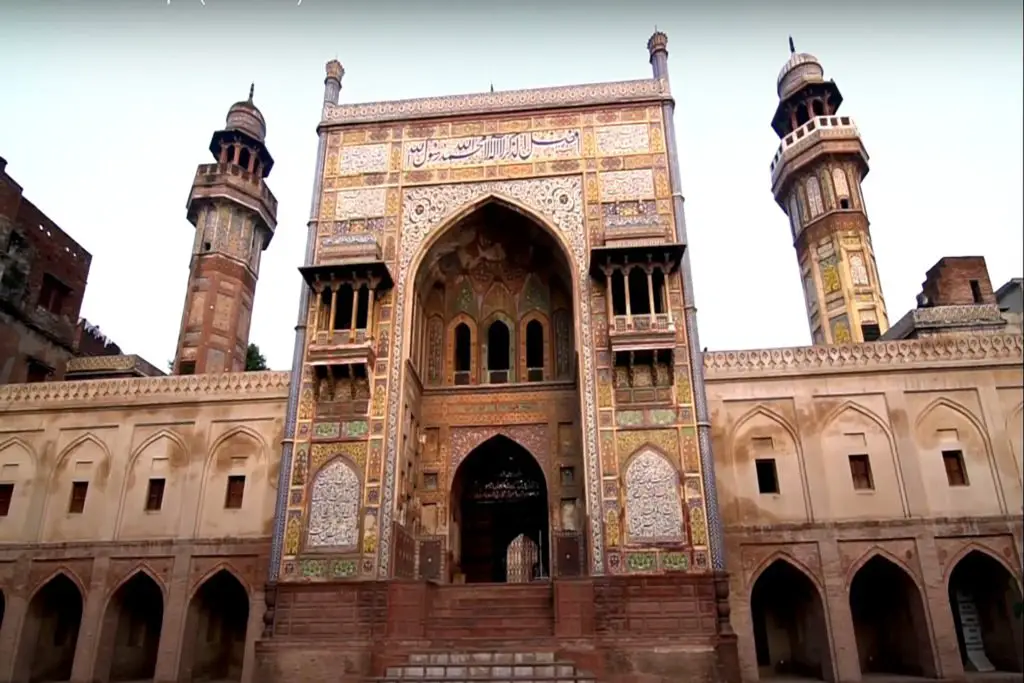Giri Monasteries refer to a group of Buddhist monasteries and stupas located on the Giri hills in Taxila, Pakistan. The Giri hills are situated to the northeast of Taxila city and have been a significant center of Buddhism during the Gandhara period.
History of Giri Monasteries
The monasteries and stupas were built between the 1st century BCE to the 5th century CE, during the Kushan and Gupta periods. These structures were built in a Greco-Buddhist style, which was a unique blend of Indian and Hellenistic architectural styles.
There are four main monasteries and stupas located on the Giri hills. These include the Mohra Moradu stupa, the Giri complex, the Pipplan Temple, and the Bhairo Temple. Each of these structures has its own unique architectural style and features.
The Mohra Moradu stupa is the largest and most prominent structure on the Giri hills. It is believed to have been built during the 2nd century CE and has a diameter of 80 meters. The stupa is surrounded by a stone wall and has a large courtyard with small Stupas and votive shrines.
The Giri complex is a group of four monasteries that are believed to have been built during the 2nd century CE. The monasteries are arranged in a square shape around a central courtyard and have a similar architectural style. Each monastery has a central shrine room, with smaller rooms surrounding it for the monks.
Giri Stupa & Monastery Images
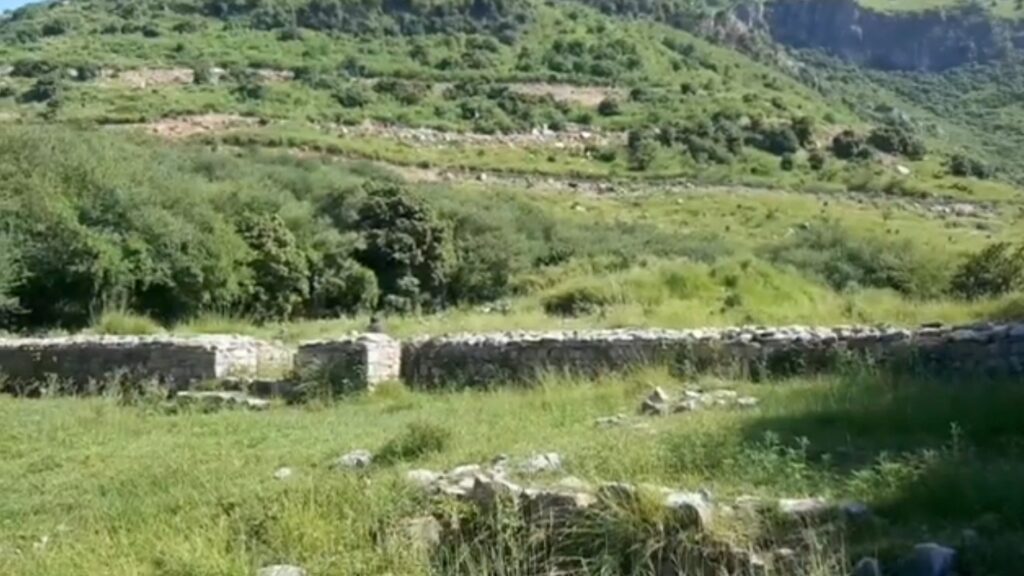
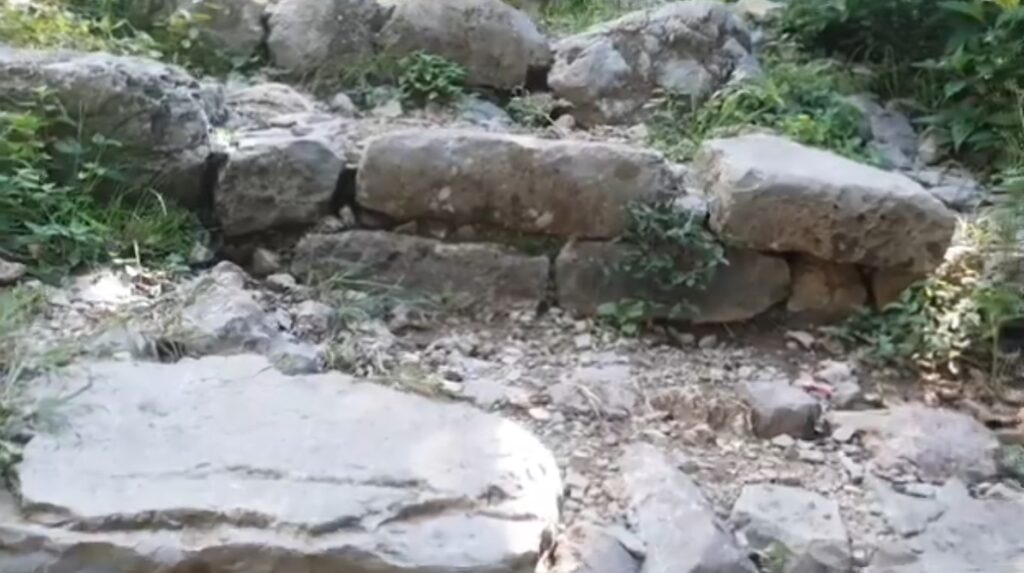
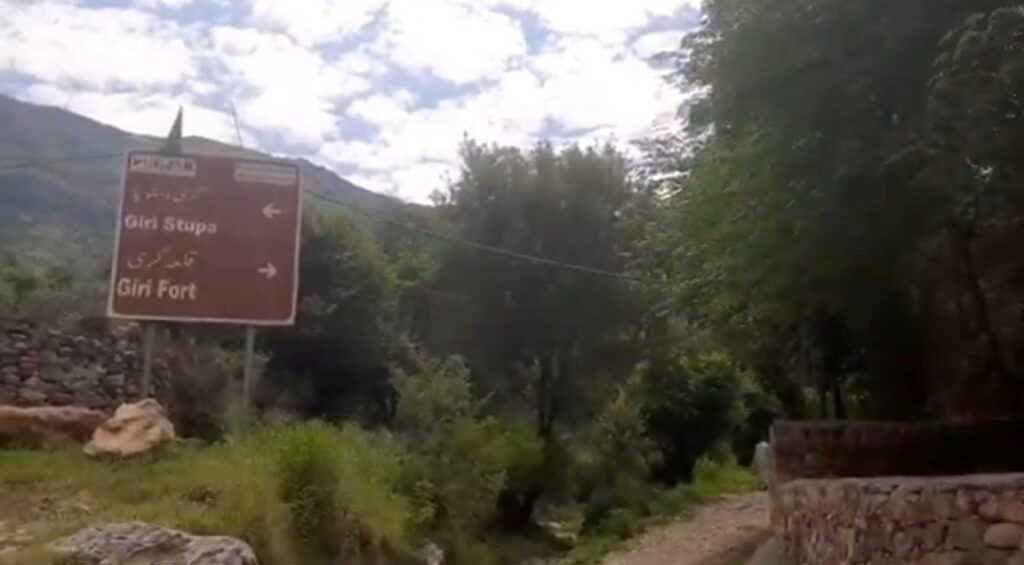
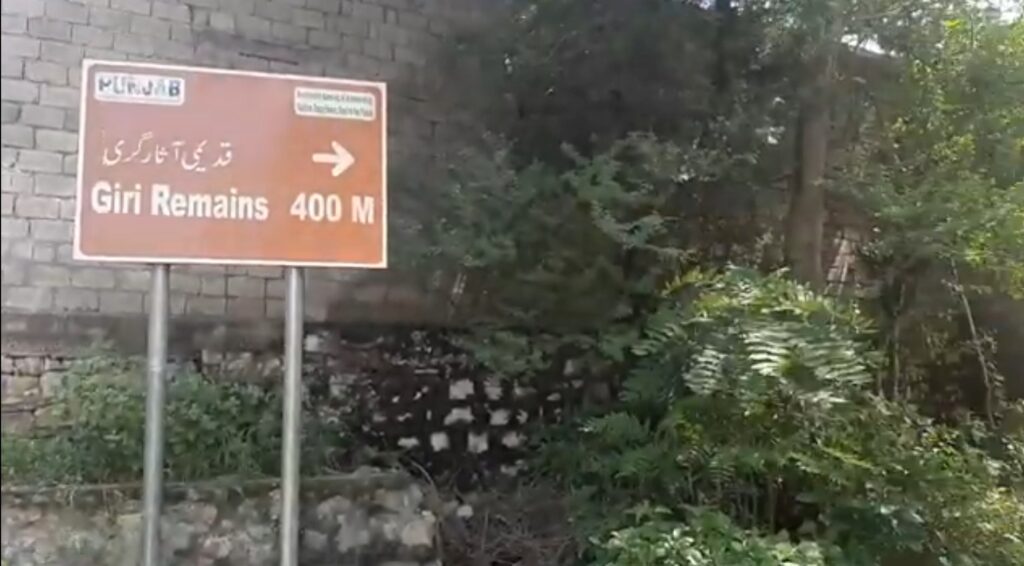
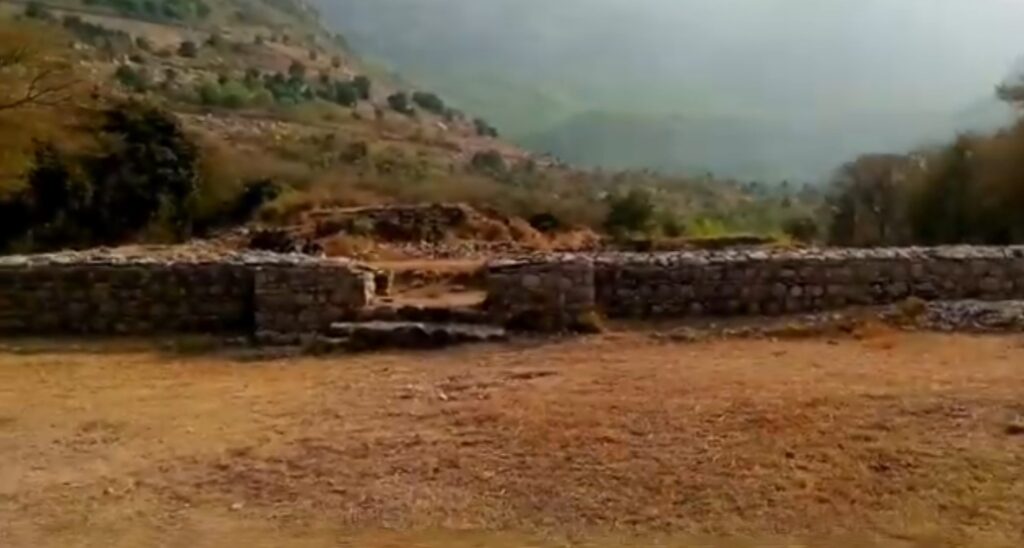
The Pipplan Temple is a small temple located on the Giri hills that is believed to have been built during the 3rd century CE. It has a unique architectural style and features a small shrine room with a central Buddha image.
The Bhairo Temple is a small temple located on the top of the Giri hills that is believed to have been built during the 4th century CE. It has a square shape and features a small shrine room with a central Buddha image.
Giri Monasteries Excavation
The Giri monasteries and stupas were excavated and restored by the Archaeological Survey of India in the 1920s and 1930s. Today, they are a popular tourist destination and a significant part of the cultural heritage of the Taxila region.
These monasteries are important examples of Buddhist architecture from the period of the Giri Fort’s occupation. They are also significant for their association with the spread of Buddhism throughout the region. The Giri area as a whole is a valuable site for understanding the cultural and religious history of the region, and the monasteries are an important part of that history.
Giri Fort Taxila
Giri Fort is believed to have been built during the 6th century CE, during the reign of the Hindu Shahi dynasty. It is located on a hilltop overlooking the ancient city of Taxila, which was an important center of learning and trade in ancient times.
Over the centuries, Giri Fort was occupied by various rulers and armies, including the Mughals and the Sikhs. In the 19th century, it was the site of a battle between the Sikh Empire and the British East India Company.
During the British colonial period, Giri Fort was used as a military outpost and was also the site of a jail. In the early 20th century, it was abandoned and fell into disrepair.
Today, Giri Fort is a popular tourist attraction and a symbol of the rich history and cultural heritage of the Taxila region. Visitors can climb to the top of the hill and explore the ruins of the fort, which include walls, towers, and gateways. From the top of the hill, there are panoramic views of the surrounding countryside, including the ancient city of Taxila and the Margalla Hills.
Efforts have been made in recent years to preserve and protect Giri Fort and other historical sites in the Taxila region. The fort has been designated as a protected archaeological site by the Government of Pakistan, and ongoing restoration work is being carried out to ensure that it remains an important cultural landmark for future generations.
In conclusion, the Giri monasteries and stupas are a testament to the unique blend of Indian and Hellenistic architectural styles that emerged during the Gandhara period. They are an important part of the Buddhist heritage of the Taxila region and continue to attract visitors from all over the world.

